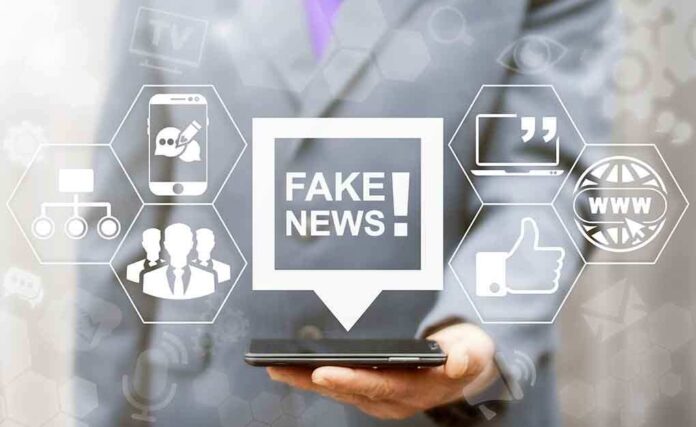
(TheConservativeTimes.org) – When it comes to the news, there is always a chance for the reader or viewer to take in a story that is only partially true. Therefore, the receiver needs to be judicial with every story, understanding that sometimes facts and opinions are blurred, and other times, misinformation is intentional. Also known as fake news, the internet and social make it easy to spread false information.
Fake News: What Is It?
Fake news refers to news stories that are either outright false or at least partially false but are presented as factual, legitimate news. In most cases, there are two types of fake news.
Intentionally Fake News
Intentionally fake news is when publishers know the entire story is fabricated or misleading but publish it anyway. Often, this is a deliberate attempt to drive traffic to a website, increase sales, or manipulate public opinion. Whatever the reason, the stories are invented for a motive other than objective journalism.
Partially True, But Largely Inaccurate Stories
Another type of fake news is when there is some truth to a story, but it is not one hundred percent accurate. These stories occur when the writer has exaggerated elements or failed to fact-check. For example, the author may use partial quotes or statistics out of context to push a particular viewpoint. Even when the facts are inaccurate due to mistakes, fake news can quickly spread, particularly via social media.
How to Identify Fake News
Learning to recognize fake news masquerading as legitimate news is essential to understanding current events and making informed opinions about important matters. There are several tips readers can follow to learn how to identify fake news.
Evaluate the Shock Value with a Critical Mindset
The first and most important thing a reader can do is use a critical mindset to evaluate the topic. Often, an article is written to strike emotional chords in order to provoke anger, fear, or other strong reactions. Instead of immediately resorting to an emotional response, ask questions such as:
- Why was this story written?
- Does this story promote a specific agenda?
- Is the reader being prompted to click through to another website?
Asking questions and evaluating the writer’s or website’s purpose will give the reader a stronger sense of whether the article is trying to be informational or sensational.
Always Check The Source
Checking sources should be a priority for any reader who wants to confirm that the news articles they read are accurate. Begin with checking the website address. Often, fake news websites mimic legitimate websites, but the domain name or web address may have spelling errors or use extensions like .info instead of .com or .gov. Finally, check the “About Us” section to learn about the website’s purpose or potential biases or even if it is a satirical website.
Check Multiple News Outlets
Are other news outlets reporting this story? If credible news organizations report the same story, the reader can be more confident that it is based on truth. The story is likely fake if the reader cannot find the story elsewhere. The reader should keep evaluating if the reports are similar across different news sources but the facts do not match.
Check The Facts
When specific data, quotes from experts, and statistics are included in a news story, double-check those facts. Ensure that data is correct and is not being intentionally misquoted or manipulated. Also, check the date an article is published, and ensure that dates and timelines add up. If essential facts are not included, the reader should question why this information is missing.
When evaluating the news, a reader who uses a thoughtful, critical approach can more quickly discern between true stories and fake news.
Copyright 2023, TheConservativeTimes.org














